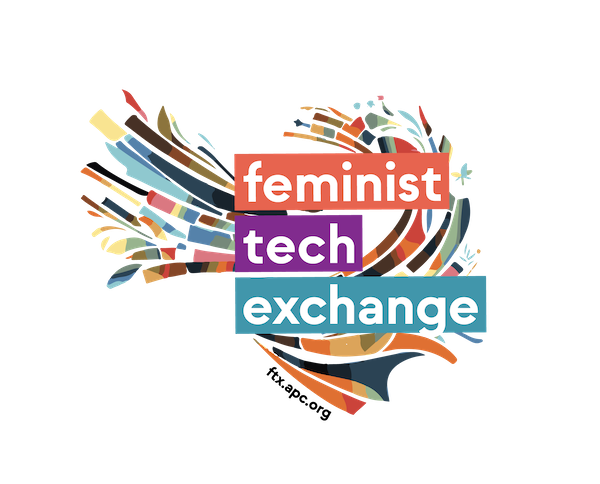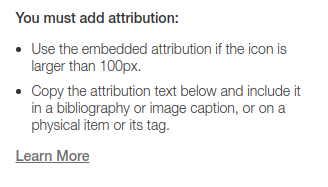Understanding how to attribute
Using the TASL approach
Attribution is not only a legal requirement, it’s also good practice. For both copyrighted and openly licensed materials, you should always try to follow good practices on attribution. Even if the work is openly licensed, there are numerous benefits to attribution: for example, good attribution helps other users find the work, and use it themselves.
All the six CC licenses require attribution. The way in which you attribute might vary, but the rule is that your attribution has to make clear that the use that you are making of the material does not constitute an endorsement of your use or reuse by the original author.
The way in which you provide attribution is connected to your planned end work and the possibilities that the medium of that work allow. A good practice for attribution is to always include the “TASL” information, an acronym that stands for “Title, Author, Source, License”:
- Title: the title of the work1
- Author: the people that created the work
- Source: a link to the source where you obtained the material
- License: the license which the work is being distributed under.
Creative Commons has developed an extensive FAQ on all the facts that you need to know on “how to properly provide attribution”. They also have a simple resource page on “How to give attribution” and a more extensive wiki page on “Good practices for attribution”. When in doubt, make sure to check those resources.
Pro Tip: Make a copy of the website that is offering you the CC licensed content using the Wayback Machine “Save page” function or by uploading the content to Wikimedia Commons.
Additionally, platforms that have built-in support for CC licenses (such as Flickr or Wikimedia Commons) tend to make the process of attribution slightly easier, by allowing you to copy the relevant information that you need to build the TASL information.
The person releasing a work can’t require the attribution to be located in a specific place. This is very important when doing storytelling, because you might combine a very large number of resources into a single new work, and providing all the attribution for those sources might be challenging. For example, if you are doing an infographic using different icons and images, you can create a page called “Credits for resources for my beautiful infographic”, create all the proper attribution statements following the TASL approach, and then provide a link to that page in the infographic.
Some websites tend to add extra information on how you are supposed to attribute or how you are supposed to use the work. For example, such is the case of The Noun Project, that adds the two following suggestions when you download a SVG or PNG icon licensed as CC BY from their collection.
The text in the picture reads:
“You must add attribution:
- Use the embedded attribution if the icon is larger than 100px”.
- Copy the attribution text below and include it in a bibliography or image caption, or on a physical item or its tag”.
In situations using CC license, these are suggestions rather than requirements. In its FAQ CC clearly outlines that an author can’t require the exact placement of the attribution credit, but also clarifies that any additional restriction added to a CC license makes it no longer a CC license.
In a nutshell, always follow the TASL approach and make sure that the credit lines are clear wherever you place them. If for whatever reason you forget to attribute a work, under version 4.0 of the licenses (and note that only version 4.0 allows for this) you have a 30 day window period to fix the mistake after being discovered (see relevant FAQ here).
Attributing works in the public domain
Works might be in the public domain typically for any of the following reasons:1
- because copyright has expired;
- because it was never entitled to copyright to begin with;
- because the rights over the work have been waived.2
Copyright only lasts for a certain amount of years (typically, 70 years after the death of the author, although some countries only require 50 years post mortem and some other countries require more). When a work is in the public domain, typically that means that it’s free to use. However, some jurisdictions have a different approach, particularly those that strongly protect moral rights, requiring that the user of such a work still attributes the original author.
Since depending on the jurisdiction in which you are based the situation might vary, you might need to attribute the work even when the work is in the public domain. Additionally, a good idea is to follow what is suggested in the Public Domain Usage Guidelines prepared by Europeana, the aggregator of cultural heritage in Europe.
In certain cases, authors might choose to waive all their rights, and make it optional to attribute them or not. That’s the case of the authors that choose the CC0 tool (“Creative Commons Zero”), a public domain dedication that puts the work in the public domain once the author has decided to apply the tool. In this case, you can decide whether you attribute the work or not.
A note about license versions
If you are more or less familiar with the CC licenses, you have probably seen already that sometimes a number appears right after the terms of the license, for example, “CC BY-SA 4.0”. That number is the version of the license that the person is using.
When the CC Licenses were launched, there was a significant amount of work put into making them “portable”. This meant that the licenses were not only translated into a different language, but also they were made to work within each national jurisdiction that the license was being “ported” to. One of the significant changes (among others) brought by version 4.0 was that licenses are no longer “ported”. This is because the licenses are now internationalized, and they don’t require anymore to be ported. They are only translated.
However, an important thing to note is that sometimes the different license versions have different requirements when it comes to attribution, and is normally a good idea to try to use the latest versions (particularly version 3.0 and 4.0). Unfortunately, there are some bad actors as described in this article: “Automated image recognition: How using 'free' photos on the internet can lead to lawsuits and fines” that have abused the attribution requirements using the different versions. If you are curious to understand more about what changed from version to version, you can always check this chart made by Creative Commons.
In short, use the latest versions whenever possible, and never forget to follow the TASTASLL approach when attributing a work.
1 Note that with version 4.0 of the CC licenses title is no longer a requirement, but is always good practice to still include it.
2 Additionally in the US works might be in the public domain due to failure of registration prior to the granting of automatic protection, but that situation is very specific and won’t be explored here.
3 This is the case not only for authors using CC0 but also for certain types of work, such as works made by US officials in the context of their employment. However, that rule only applies under US jurisdiction, so make your own risk assessment to whether use or not any of those resources.

